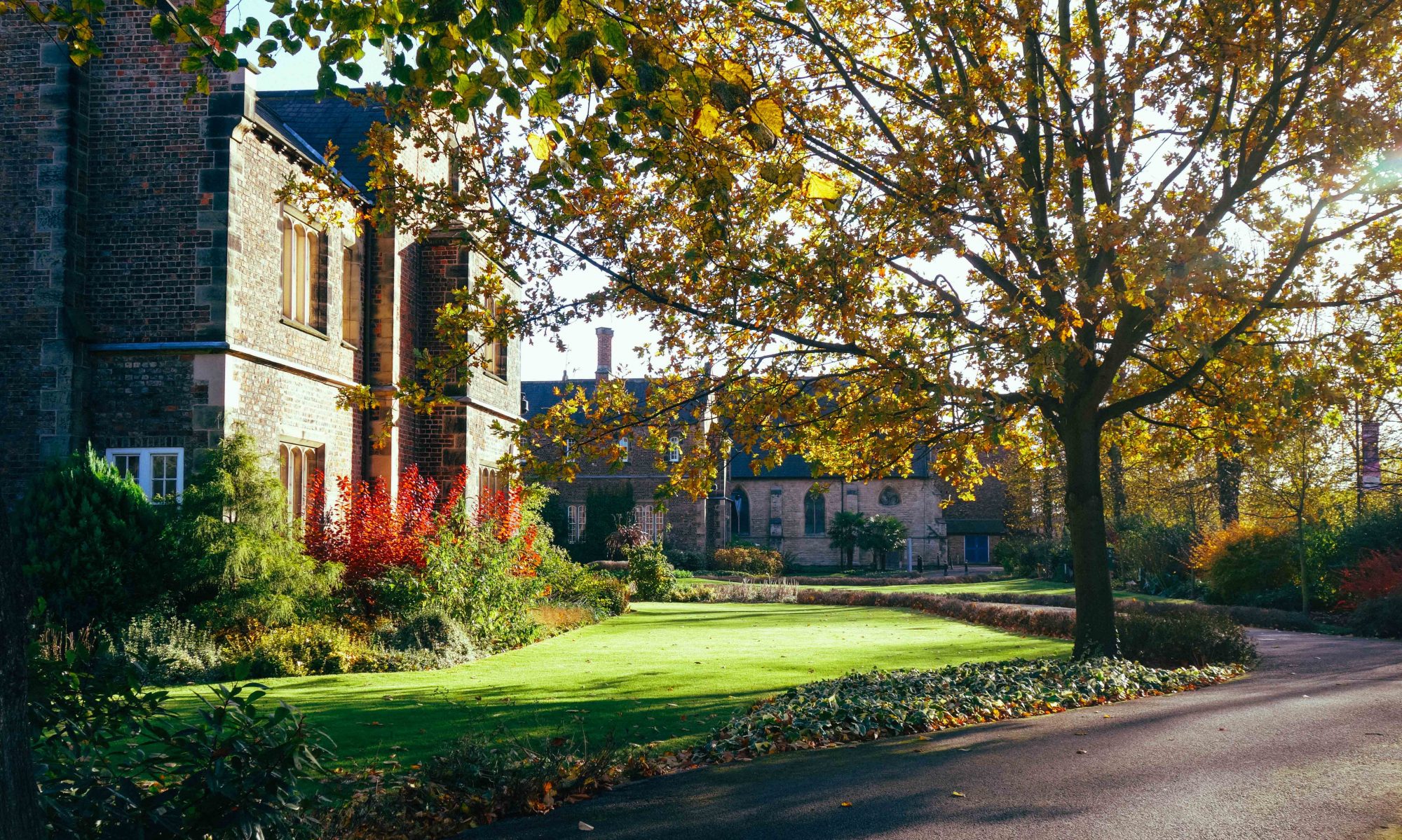By Charlotte Crawshaw
In the wake of Halloween, now more than ever monsters have been leaping to life from the pages of books around the world. In this Words Matter Creature Feature, Charlotte Crawshaw discusses representations of Witches throughout history from the past to the present.
As Halloween draws near, we see people of all ages donning pointed hats and broomsticks and taking to the streets. Almost every young girl has dressed up as these beings for at least one Halloween party, the combination of ugly and recognisable being a clearly entertaining and simple costume for the season. However, it comes to mind to question how we got to this point where Witches stopped being feared and a fascination began.
One of the first classical witches was Medea from Greek mythology; a sorceress who was represented as dangerous, powerful, unpredictable and untrustworthy. This perhaps paved the road for future representations of Witches, as a the key canonical representation of the Witch is that of the three ‘Wayward’ Sisters from Shakespeare’s Macbeth; three powerful, dangerous and untrustworthy matriarchs who set off the course of events throughout the play with their prophecy. In doing so, they cause a spiral of events leading to multiple deaths throughout the play.

Throughout early literary history, witches were often seen in one certain light; ugly, deformed and evil. From Hecate to The Weird Sisters, these fictional matriarchs had always been viewed in this particular manner. This was highly influenced by the real treatment of those suspected to study or perform witchcraft; from the Fifteenth to Eighteenth Century, Witch Trials occurred consisting of drowning, burning or hanging those suspected of sorcery and witchcraft. The famous Salem Witch Trials which resulted in the death of twenty people influenced Arthur Millar’s The Crucible, which could be argued to have brought light to the popularity of Witches in popular culture.
However, throughout history the representation of witches has changed, with their image becoming somewhat more glamorous and their demeanour seemingly shifted. Frank L. Baum’s The Wonderful Wizard of Oz (1990) is a great example of this, the four Witches each being depicted differently. The Wicked Witch of the West and the Good Witch of the North contrast greatly in both looks and personality. Whilst the Wicked Witch of the West has a more conventional depiction with her green skin and dark castle, the Good Witch of the North is depicted as beautiful and kind. The latter description has become more and more incorporated into modern culture as the shift moved from fear of the unknown and magic to that of fascination.

With the Witch Hunts coming to a close in the late Eighteenth Century, the fear of these beings began to diminish and therefore became more and more popularised in society. An example of this is an extremely mainstream, still infinitely popular book series; Harry Potter. J.K. Rowling created a vast array of different Witches (and Wizards) throughout this book series, differing between old, young, ugly, beautiful, bad and good. However, certain clichés still remain prevalent in Rowling’s writing. For instance, Bellatrix Lestrange is depicted as looking gaunt, with dark hair and a strong jaw as she is one of the ‘Wicked’ Witches within the novels. In contrast, Molly Weasley, an infinitely ‘Good’ Witch, is described as small and plump, not to mention generally far softer and kinder than Bellatrix.
It comes to mind the scene from the film Hocus Pocus where the three Sanderson sisters discover how their witchcraft has become somewhat of a mockery in modern society, particularly on the infamous holiday All Hallows’ Eve or these days, Halloween. The shift in attitude across culture and the literary sphere has been dramatic over the past few centuries; whether this is good or bad is still questionable.

